What Is Bipolar Disorder: Get the Facts
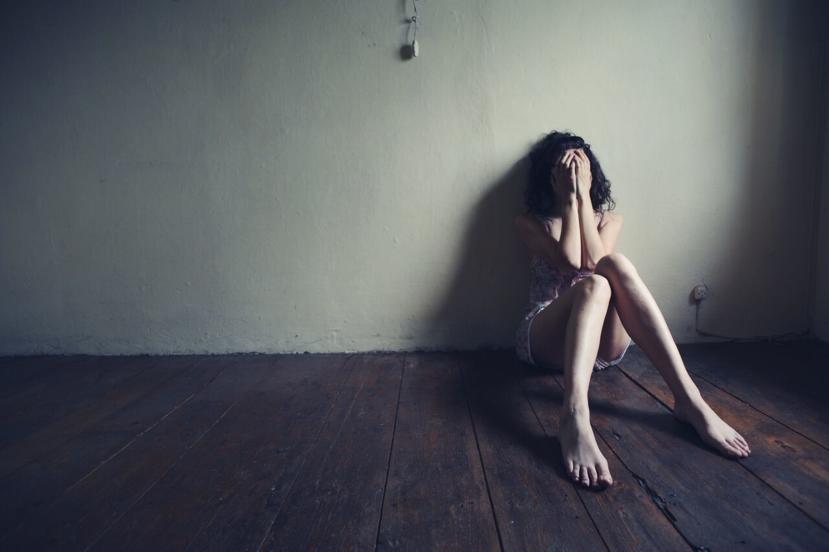
Life is a series of peaks and valleys as we try to experience, explore, and feel different things all throughout it. That's just the way life is for most of us, and we learn to navigate life's challenges and grow from our experiences. But for people with bipolar disorder, life takes on a much more intense character. For them, the ups and downs they experience are so severe that they interfere with or even damage their performance at work or school, hurt and ravage relationships, disrupt day-to-day tasks and activities, and generally lay waste to any facade of normalcy.
Bipolar disorder involves distinct periods of depression and elated mood, or "mania". The disorder was known in the past as manic depression and is characterized by the cycling of conspicuously high and low states. These highs and lows experienced in bipolar disorder last for days, weeks, or even months st a time. Some may experience periods of normalcy in between, although cycling may become more rapid, and the states may intensify, if the disease progresses. Unlike ordinary mood swings, the swings in mood experienced in bipolar disorder are extreme and hinder the person’s ability to function and be productive.
Some people alternate between episodes of mania and depression where both states are severe. But for others, the depressive phase is more marked than the mania. When mania is mild enough to go unrecognized and looks as though the person is simply gregarious and in high spirits, the state is known as hypomania.
Bipolar Disorder: The 4 Basic Types
Bipolar Disorder exists in 4 basic types that differ in terms of the severity and frequency of the states:
Bipolar I Disorder - This is classic manic depression, in which the manic states are especially marked and severe. Someone with full-blown mania must get immediate medical attention, as his or her actions have potentially severe consequences. Generally, the disorder in this manifestation is characterized by severe highs and mild lows. The manic episodes last for at least a week, and the symptoms are severe. Depressive phases usually last for at least two weeks.
Bipolar II Disorder - This type is characterized by bouts of severe depression and milder mania, hypomania as earlier mentioned, rather than full-blown mania. In other words, Bipolar II has severe lows and mild highs.
Cyclothymia or Cyclothymic Disorder - This is characterized by rapid cycling of highs and lows that do not meet the diagnostic requirements of either full-blown manic, hypomanic, or depressive episodes. For a diagnosis of cyclothymia, the many brief periods of hypomanic and depressive symptoms must have lasted for at least two years in an adult, one year in adolescents and children. If left unmanaged, cyclothymia can worsen into either Bipolar I or Bipolar II Disorder.
Other Unspecified or Specified Bipolar and Related Disorders - Bipolar disorder may exist in other patterns that do not allow a neat classification under the above-mentioned types. It may also relate to other disorders or problems, and symptoms that may look like bipolar disorder may in fact be linked to some other problem, e.g. amphetamine abuse.
The Symptoms:
People with bipolar disorder may go for periods of time without displaying any of its symptoms. In a depressive phase, the person can have any or all of the symptoms of depressive disorder. In a manic phase, the individual exhibits excessive energy and extreme elation.
What the symptoms in mania, hypomania, and depression have in common is that they all affect the person's sleep habits, energy and activity levels, judgment, behavior, and ability to think clearly.
1. Mania
Mania often affects thinking, judgment, and social behavior in ways that cause serious problems and embarrassment. For instance, the individual who is manic may feel elated and be full of grand schemes that might range from unwise business decisions to romantic or sexual sprees. Also, the person might impulsively quit his or her job, rack up huge charges on his or her credit cards, and feel no or very little need for sleep. Mania that is left untreated can worsen into a psychotic state.
The common signs and symptoms of mania in bipolar disorder include:
• Feeling unusually “high” and optimistic or extremely irritable
• Being unrealistic
• Having grandiose beliefs about one’s abilities or powers
• Sleeping very little but feeling extremely energetic
• Talking so rapidly that others cannot keep up and understand the person's train of thought
Other manic symptoms are as follows:
• Racing thoughts and jumping quickly from one idea to the next
• Highly distracted and unable to concentrate
• Impaired judgment and impulsiveness
• Acting recklessly without thinking about the consequences
• Delusions and hallucinations in more severe cases
2. Depression
Whereas a person in a manic or hypomanic phase has tons of energy and often feels extremely good about themselves to the point of grandiosity, the same person in a depressive phase has very low energy levels and thinks very negatively about his life and himself, sometimes to the point of hopelessness.
The following are the most common symptoms of depression:
• Inability to concentrate
• Difficulty getting sleep, or sleeping too much
• Loss of interest in things that used to interest the person
• Loss of motivation
• Difficulty in remembering things
• Low energy levels and feeling too tired to do anything
• Anxiety about many things
• Feelings of hopelessness and helplessness
• Thoughts of suicide
3. Hypomania
Hypomania is, from its very name, is understated mania, and usually does not look like a negative state at all, except if it comes with being very irritable. A hypomanic individual has a lot of energy and feels very good about himself, and is thus very productive. However, the problem with hypomania is in its inevitable downswing to a depressive phase.
Treatment for Bipolar Disorder
Although bipolar disorder poses a number of challenges in life, with proper treatment, healthy coping skills, and a solid support system to help the individual, a person can live normal, well-adjusted lives while managing the symptoms. Many people with bipolar disorder have successful careers, live happy family lives, and have satisfying relationships with friends, family members, colleagues, and significant others.
Medication is the primary method for treating bipolar disorder, but therapy and self-help strategies also play significant roles in its management. Symptoms can be brought under control with the help of regular exercise, ample sleep, and a proper diet. As well, monitoring changes in mood, minimizing stress, and being with supportive people who understand all go a long way in helping someone with bipolar disorder cope with the condition.
Know All About Bipolar Disorder
Bipolar disorder is a disorder of the brain. It is characterized by highs and lows that could be referred to as severe bouts of mood swings. It is different from depression or depressive disorder, which is unipolar (consisting of lows with no highs).
A person might experience an alleviation in their mood because of something that just happened, and can be depressed about another thing after some time. They often experience difficulties in making decisions, being productive, and leading a normal life.
The condition can be controlled and curbed through therapy and medication. However, if the symptoms are ignored for a long period, they could become more severe and affect the person in more negative ways.
This disorder affects both adults and children. However, the way it affects the two groups is very different. Most people believe that parents pass the disorder to their offspring. But genetics do not necessarily play a role in this condition. Bipolar disorder is caused by a number of factors, although stress and other environmental factors are the most common triggers.
Dealing With Bipolar Disorder
People with bipolar disorder have outbursts of emotion and these could become extreme if left uncontrolled. The disorder can be deleterious to a person's mental health and well-being over time. Seeking the right form of treatment is important. When symptoms develop, report them to your doctor immediately. He will subject you to medical therapy, after a few tests confirming the condition. To suppress the disorder's manifestations, it is imperative that someone with bipolar disorder take his or her medication on time and without fail. Additional help in the form of counseling and support groups can be provided as well.
Adults deal with situations in different ways than children do. In the case of a child with bipolar disorder, the parents must explain the condition to him. The child must be made aware of what is causing his irrational behavior and taught strategies for dealing with it. Likewise, adults must know as much as possible about their condition, too. They should not hesitate to seek help and therapy. The patient's environment must be as positive as possible. Factors such as less stress at work or school and a supportive family that focuses on the good aspects of life help in stabilizing the person with bipolar disorder and help keep his or her emotions and states in balance. This in turn would help him or her deal with the condition more effectively.
Dealing with this condition is easy neither for the person affected nor his family and friends. Efforts made in the right direction can yield positive results and work wonders towards the stable, mental health of the patient.

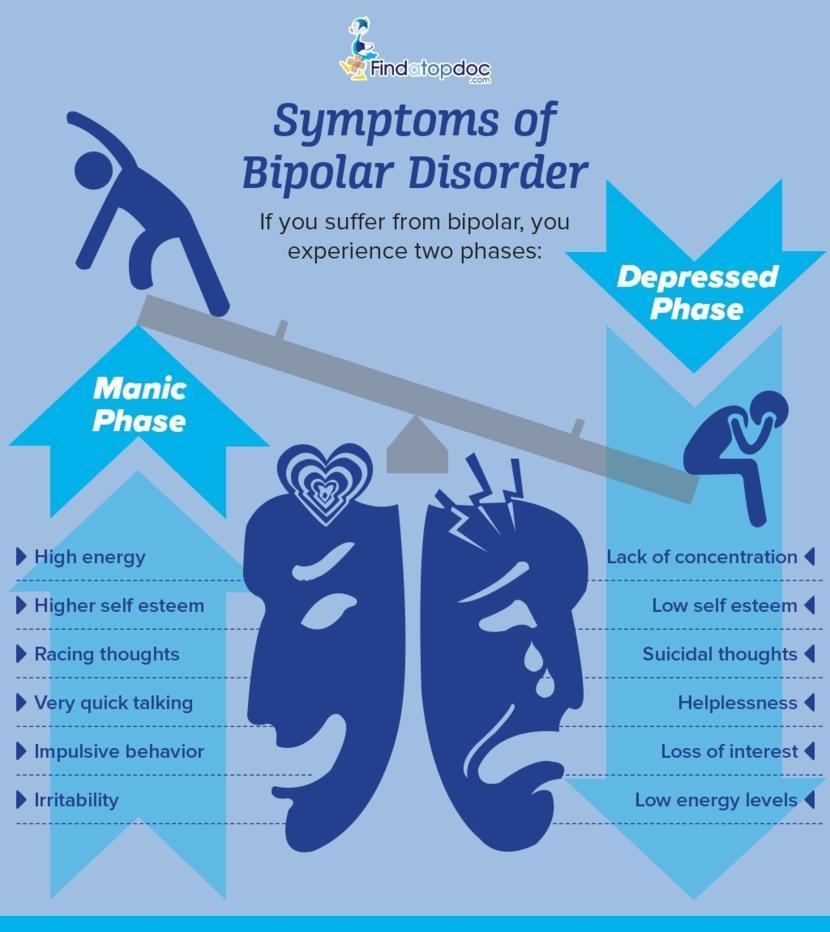

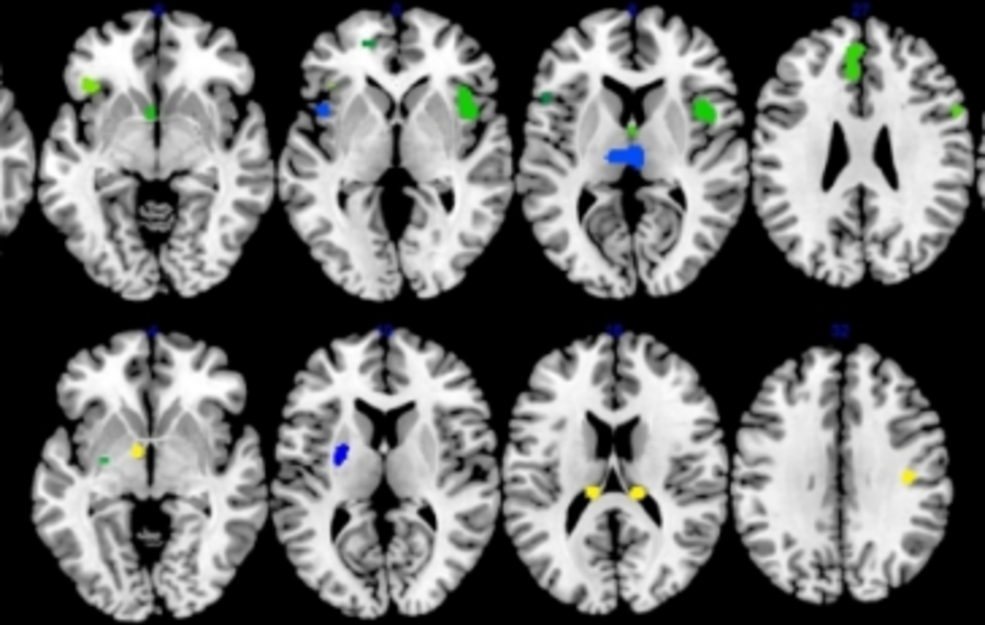
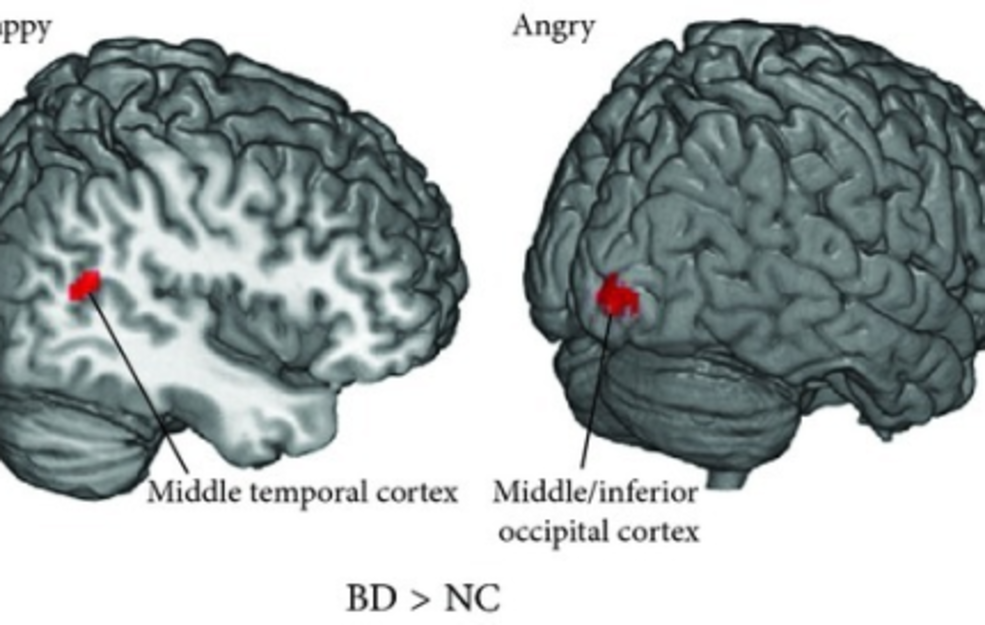


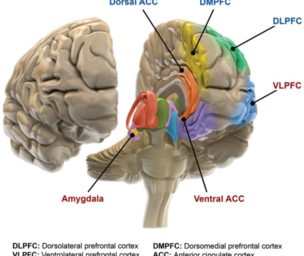


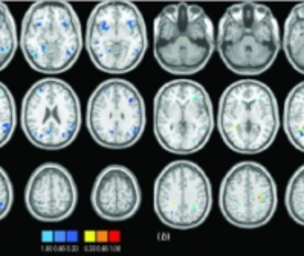
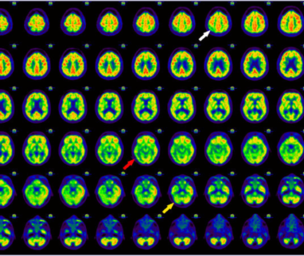


![[Infographic] Top 5 Characteristics of a Sociopath](https://www.findatopdoc.com/var/fatd/storage/images/_aliases/small_square/top-videos-and-slideshows/sociopath/653071-1-eng-US/Sociopath.jpg)











